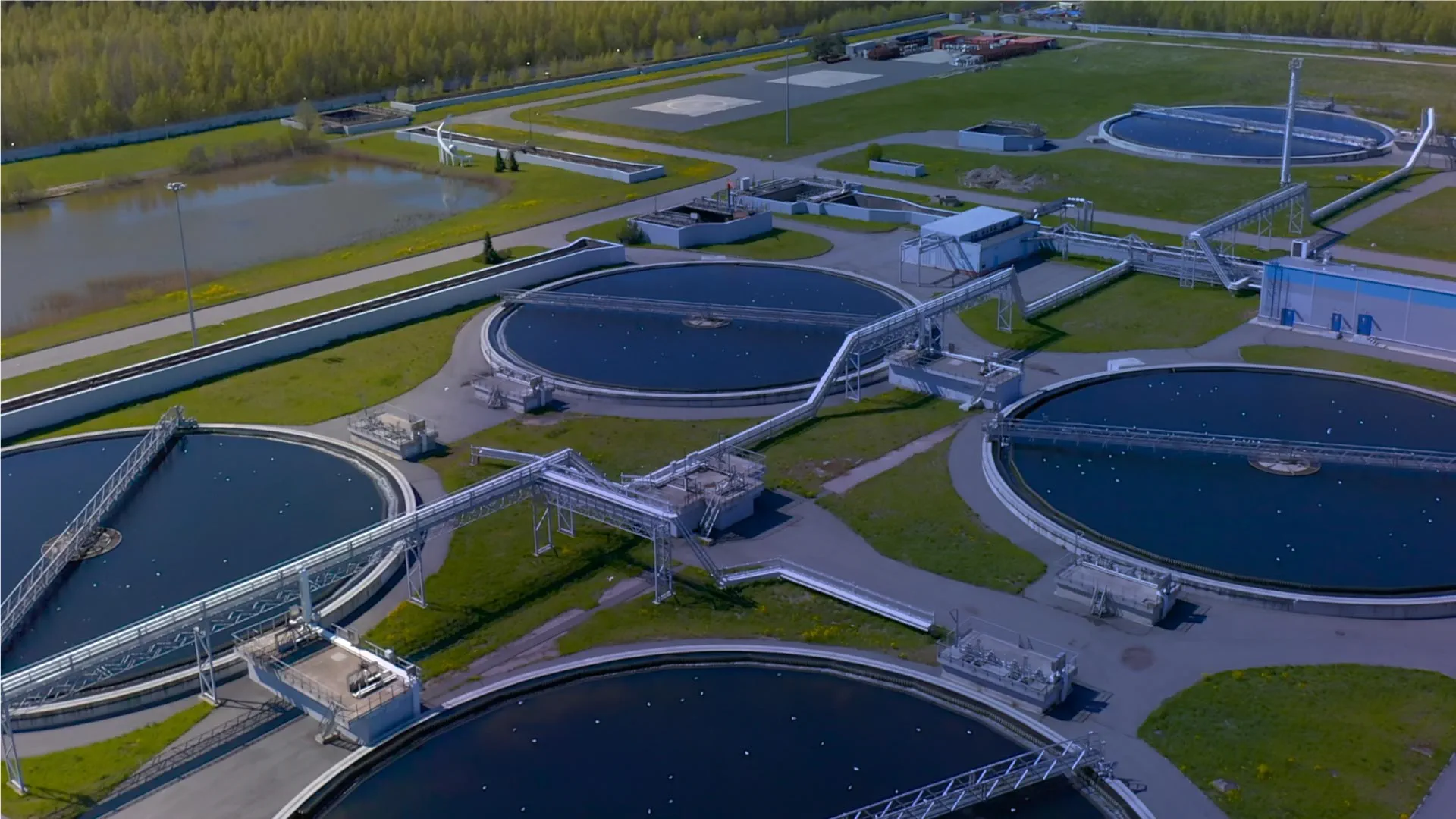"Post-pandemic recovery and resilience will require ongoing evaluation of the efficacy of business plans and investment scenarios," advises Proposition Development Chief Mark Parsons.
COVID-19 has challenged our established view of the World and its impact will be felt for years to come.
Whilst many organizations have been understandably focused on dealing with the immediate implications for their day-to-day operations, cash flow and survival, there is also an increasing recognition of the need to position to recover and plan to succeed in the new, post-COVID-19 reality.
Business-as-usual in the age of COVID
The impact of COVID-19 on the business landscape is diverse—and still emerging, even now. Demands for products and services have seen unprecedented changes, previously well-established, long-term planning assumptions no longer hold true, and there is an increased recognition of the susceptibility of global supply chains.
In addition to the direct, tangible near-term impacts, the trading environment emerging post-COVID is beginning to look quite different from anything we've known thus far. Public sector spending patterns have been, or will be, changing: performance-based contracting models are likely to be more prevalent as companies look to distribute their risks intelligently, there is a new working psyche at play with organizations considering the most significant step change in working practices seen in recent history, and the spotlight the pandemic has shone on sustainability and corporate social responsibility will need to resonate in future business plans as well.
There is undoubtedly significant diversity in how individual countries, industries and organizations will be impacted, but one thing is for sure: all businesses will need to undertake a systematic assessment of their medium- and long-term plans and goals in order to plot their course to growth. Furthermore, in order to flourish in the post-C19 world, the currency of data-driven insights is even stronger. Organizations large or small will need to actively embed scenario planning, options analysis and resilience assessment in to their business-as-usual activities.
Insight-driven response
There will always be a place for instinct and opinion in business. But in times of great uncertainty, it is even more important for organizations to base their decisions and plans on tangible reference points, data sets and objective assessment criteria. Maximizing the return on capital employed in high value assets, improving productivity and operational capacity, delivering consumer-driven products or services, or optimizing organizational resilience are all fundamentally linked to a company's ability to maximize the value of its data.
But how do you prioritize the investments or projects that will drive growth, improve competitive advantage or optimize the life cycle cost of a physical asset? How should sustainability and carbon reduction objectives be realized without impacting overall business performance?
Such decision-making scenarios require a systematic approach to portfolio management. And the ability of an organization to undertake such analysis has become ever more important during and particularly post-COVID.
Optimizing a portfolio of investments, projects or interventions involves explicitly outlining the measures of effectiveness or performance criteria relevant to the organization, and the definition of constraints within which the business needs to operate like budgetary or scheduling concerns.
There is significant value to be gained through the mere act of unambiguously defining what's important to your organization and identifying the resources you have and need to secure your objectives. However, the real insights come when you develop a number of potential future scenarios, and test the attractiveness of these on the level playing field that has now been set up. Through such a systematic approach to portfolio optimization, companies can re-baseline their long-term plans, taking into account strategic shocks like a global pandemic and ensuing worldwide lockdown, or more incremental developments, or, indeed, any proposed changes in direction.
It's important to recognize that forecasting the future and optimizing a portfolio plans are not absolute science. Rather, it is about undertaking comparative analysis using the best data available at any one time. It follows, therefore, that such analysis shouldn't be seen as a one-off or a very infrequent activity; instead it's important that organizations embed such analysis capabilities into their business-as-usual operations. Doing so helps deliver an agile response to emerging market or environmental trends, incrementally test out proposed C-19 recovery actions as feedback on performance emerges, and integrate additional resilience in to organizational plans and behaviors.
To put it simply, only when one actively and proactively prepares for a rainy day, does one actually become capable of dealing with these worst-case scenarios.
Technology as an enabler
In general, it's the people that make decisions. However, it's important that the human decision-making process is suitably enabled by relevant technology, where and when appropriate.
There are plenty of decision-making platforms and optimization technologies to support systematic evaluation of alternative courses of action against a set go defined performance objectives and criteria. Given that human nature is fallible and limited, adopting the correct technologies is invaluable to a company's longevity. Embedding technology that aligns to both the complexity of the portfolio optimization requirement and the proposed implementation of said decision-making capabilities is crucial to your success, especially at a time when there are too many unknown variable at play.
Arcadis Gen has developed and deployed enterprise-grade portfolio optimization tech for many years. Our products are typically able to to realize benefits of 20% cost reduction against baseline plans, and 40% improvement in alignment of plans to key business performance measures. However, such enterprise-level solutions can sometimes be a sledgehammer to crack a nut when all an organization really needs is a small fraction of its capacity. Case in point: portfolios and plans that only need to be optimized as part of monthly operations and not necessarily an annual funding cycles. Even more so when the company in question is only a small business working with a handful of data.
In response to the growing need for organizations to incrementally calibrate their plans, and recognizing the dynamic challenges posed by COVID-19, Gen has developed a new agile, bite-sized optimization solution. Our Universal Visual Optimizer (UVO) tool brings our award-winning optimization capabilities into a Software as a Service package, affordable for organizations large or small, and designed for rapid assessment of legacy and future plans.
UVO's intuitive and flexible interface brings the power of systematic portfolio optimization to a wide user community, and not just data scientists or people with a background in analytics. As such, it makes the decision-making process more accessible, transparent and auditable, in addition to promoting communication and collaboration across the enterprise.
Summary
Post-pandemic recovery and resilience will require ongoing evaluation of the efficacy of business plans and investment scenarios. UVO has been designed to support data-driven insights in an organization's planning process and, more importantly, to embed learning and adaptation through enabling the rapid evaluation of investment scenarios.
For more information on UVO, book a demo today or download the full fact sheet.
Did you find this information useful?
Did you find this information useful?
Thank you for your feedback!

 Back
Back










